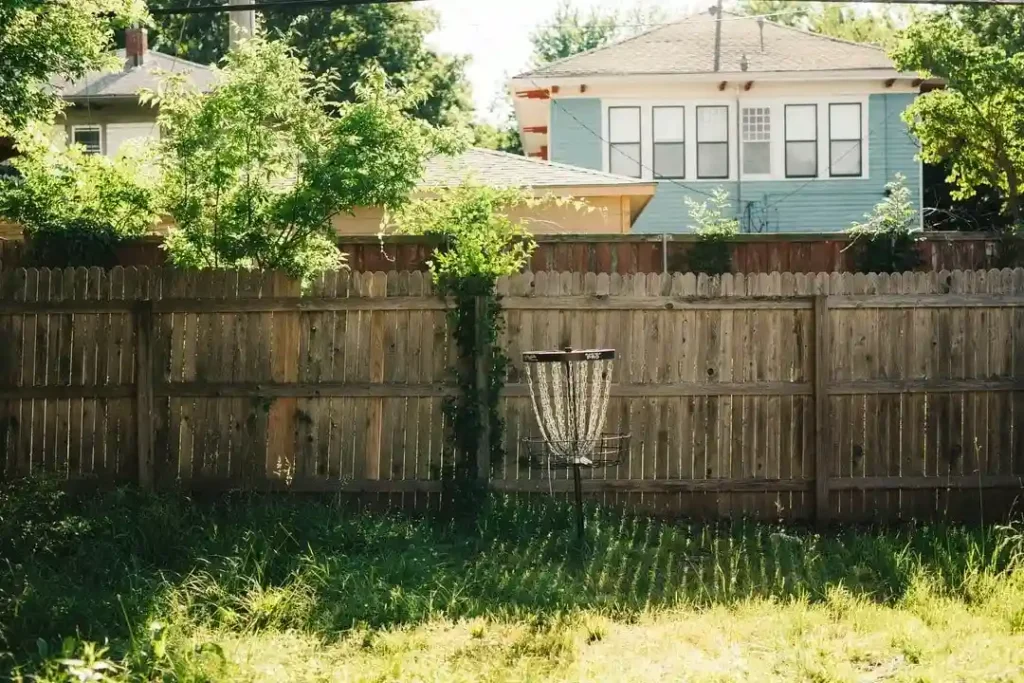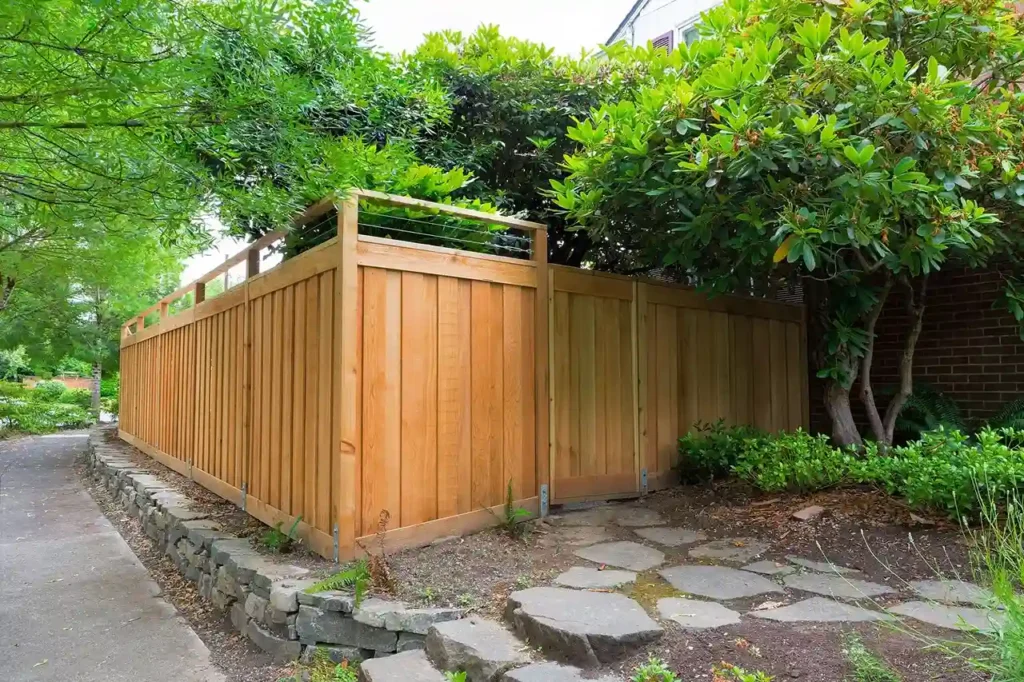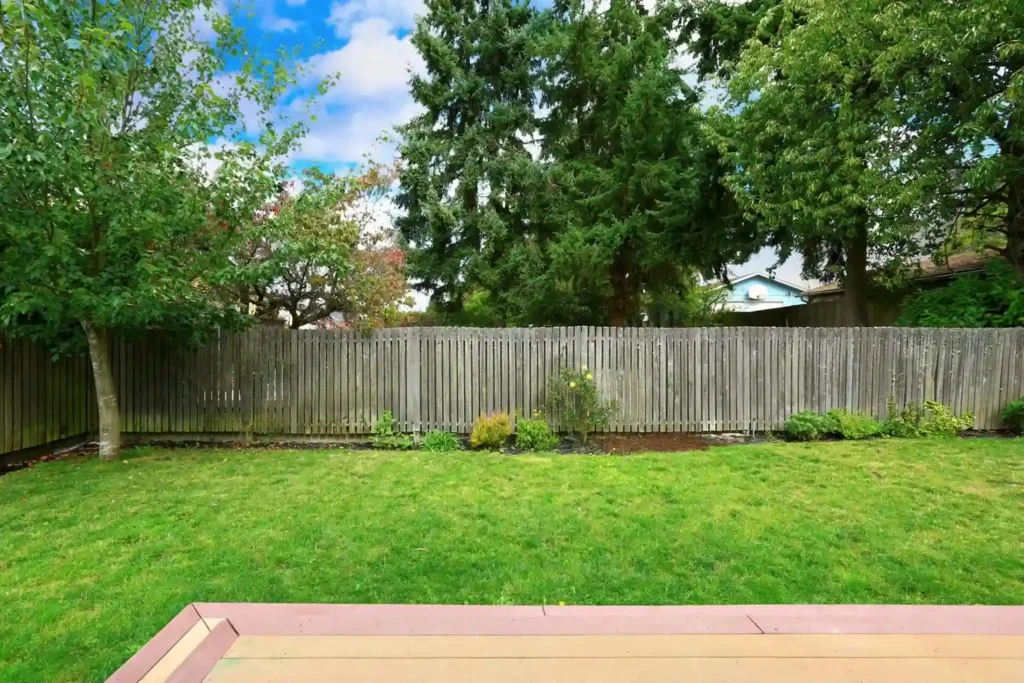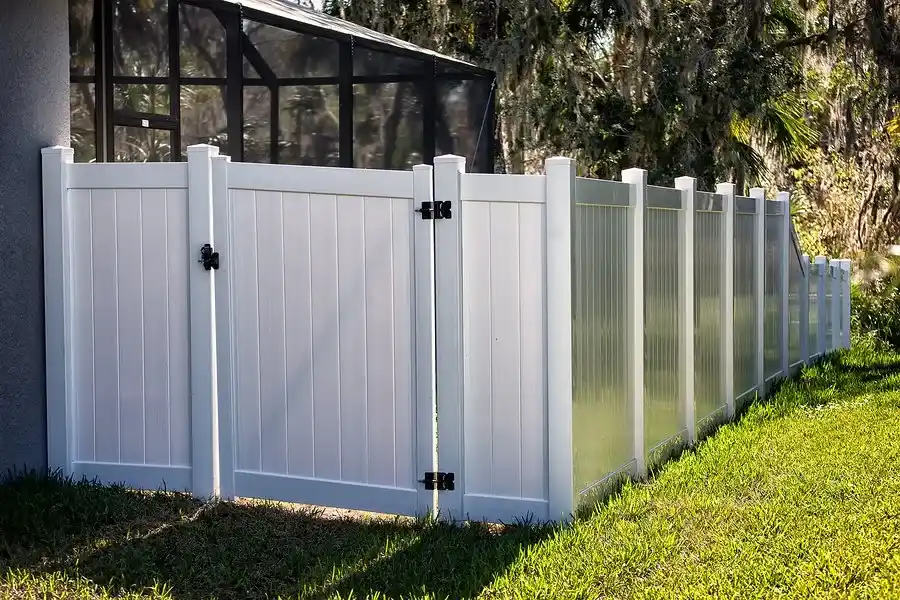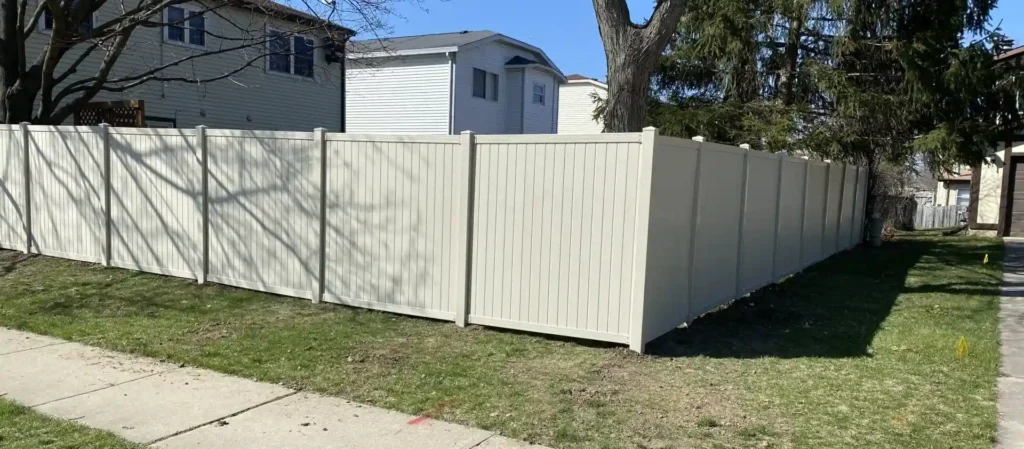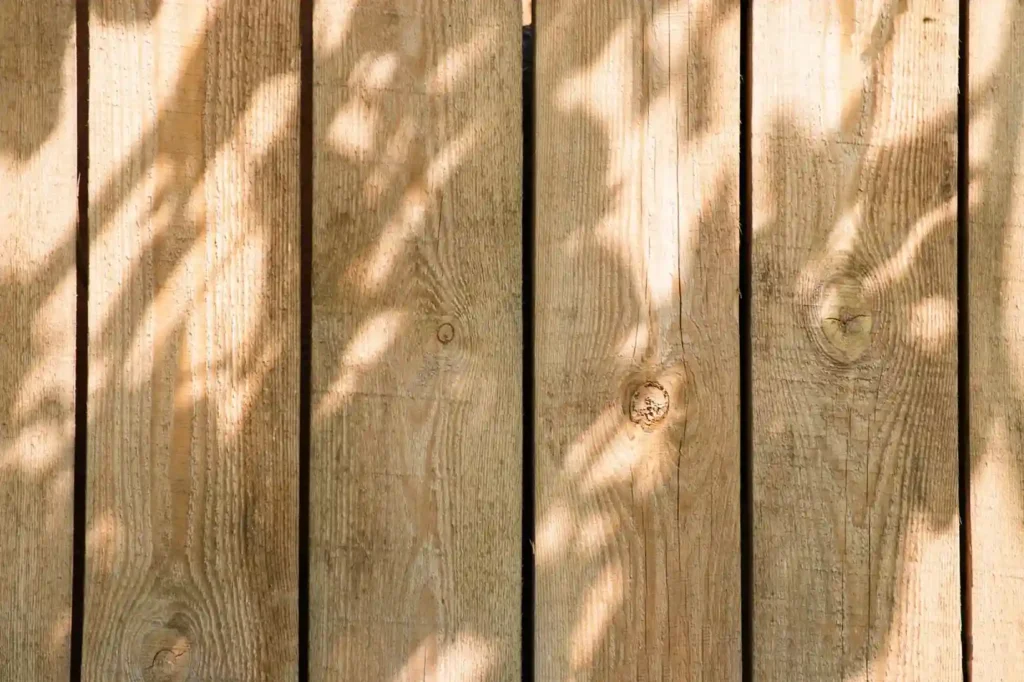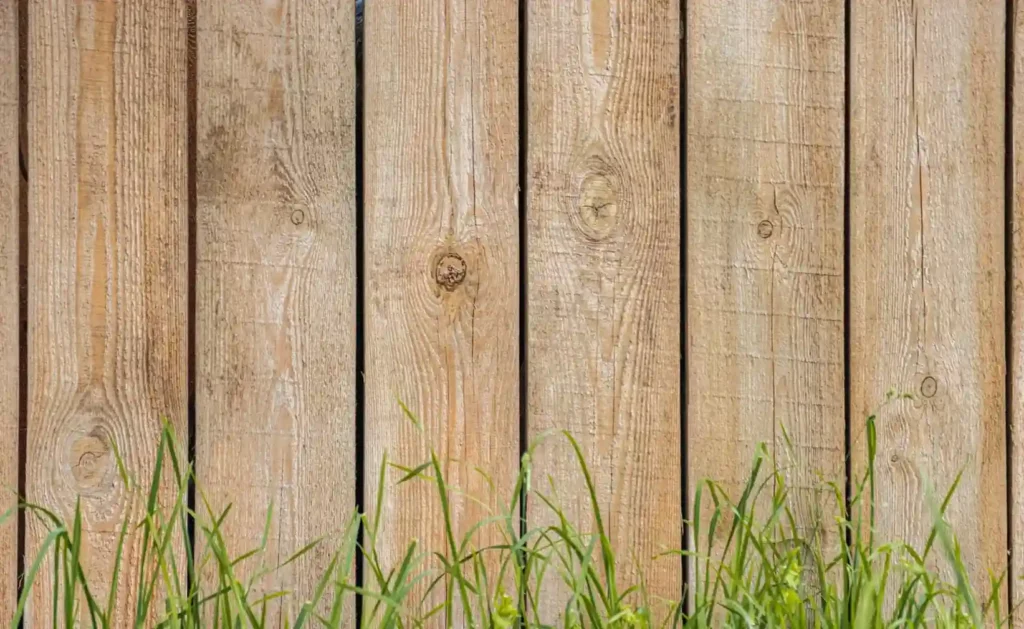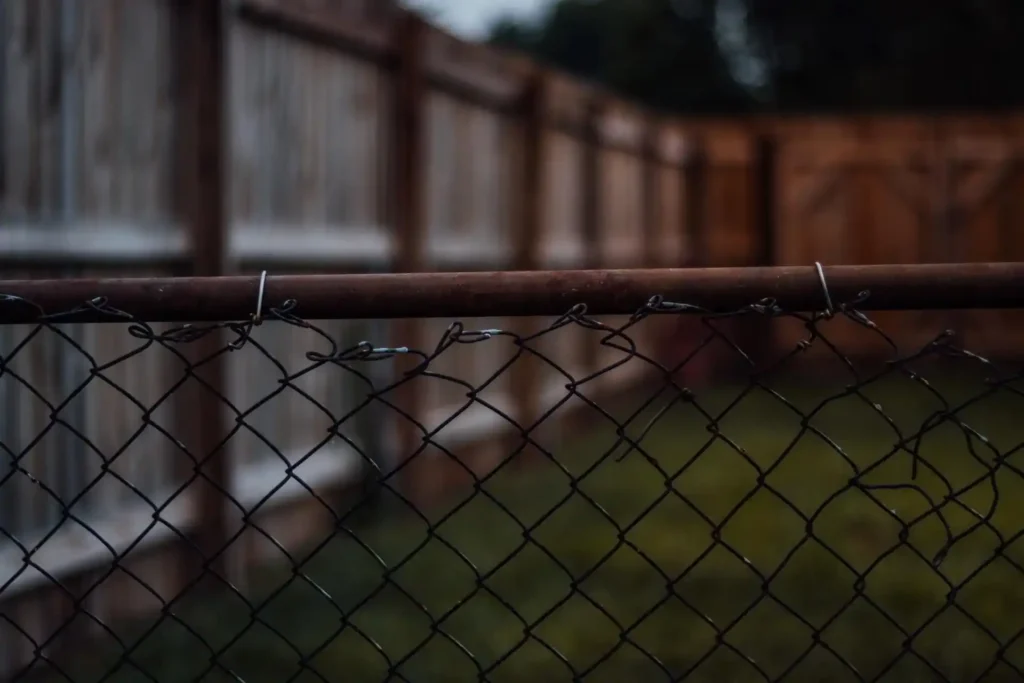Privacy Fence Ideas
What Is the Purpose of a Privacy Fence?
A privacy fence can go a long way toward keeping curious neighbors and onlookers out of your yard. But what distinguishes a privacy fence from any other fence on your property? Continue reading, and we’ll explain the distinction as well as the rules and etiquette you’ll need to follow if you decide to construct one.
Do you have to notify your neighbors before beginning your home repair project? And how much would this style of fencing cost you? We chatted with experts to learn all you need to know about erecting a privacy fence around your yard.
What is a Privacy Fence?
A privacy fence is, technically, simply that: a fence! However, to qualify as a “privacy fence,” the barrier must be at least 4 to 6 feet tall. It’s also usually solid with no gaps in between the pickets. Typically, we consider a “privacy fence” to be any fence that has a solid design up to 8 feet tall.
They’ll have a strong infill so you can optimize your privacy, referring to the fact that they won’t have wide gaps between the slats or the kinds of holes that are common in chain-link fencing.
However, some privacy fences include latticework near the top, above the 4-foot level. The crisscrossing of cloth with gaps, akin to the lattice atop a cherry pie, provides vision at the top yet privacy at the bottom.
Why bother with a privacy fence when a conventional fence will suffice?
Of course, privacy fencing appeals to homeowners who want a little extra isolation in their backyard, often around swimming pools or across property boundaries, it’s also an excellent approach to boost security. In addition to keeping children safe in the yard, privacy fencing may keep dogs restricted in one area. You may not only be keeping your pets in, but you may also be keeping other animals out.
Get an Free Instant Fence Quote Now
What materials are used to construct a privacy fence?
Unlike chain-link fences, which are normally composed of metal, privacy fences can be made of a variety of materials, with vinyl or wood being the most popular. For wood, the 2 options are either pressure treated pine fencing or cedar fencing.
Some homeowners like white vinyl, while others prefer cedar pickets with dog ears, the material used to construct the fence will determine any space that may occur between slats, hence deciding how “private” the fence is. Another option for privacy fence design is flat top, which is common for many of our installations on both residential and commercial applications.
With vinyl fences, spacing isn’t an issue since the vinyl doesn’t expand and compress. The wood pickets should have an eighth-of-an-inch spacing between them. This permits the wood to expand and shrink as it becomes wet over time. It also allows the installer to work with boards that were not correctly cut at the lumber yard.
Composite, or Trex Fencing, can be another option. Composite fencing happens to be the most expensive of all the fence materials. For this reason, not many people choose it.
What is the cost of a privacy fence?
According to BuyaFence.com, national estimates for erecting a wooden fence (including the cost of the fence itself) range from $5,698 to $13,986. Choosing a vinyl fence will place you on the higher end of the cost spectrum, as plastic costs around $45–$77 per linear foot, while wood fencing costs about $49–$62.
What else should you think about? The cost of the fence is ultimately determined by access to the region and the levelness of the ground. It is more expensive to install a fence on a hill than it is to install a fence on a flat yard.
What to do Before Putting Up a Privacy Fence (DIY)
Whether you’re doing the fence installation yourself or hiring a professional, there are a few phone calls you should make before digging the first hole.
“You’ll merely want to determine your property lines and talk to your neighbors about your plans along your suggested fence line,” Michaels adds. Although it is not usually necessary, it is common courtesy to notify neighbors if the installation staff has to enter their property for any reason.
To obtain a building permit, you must also contact your local building inspector.
Check the guidelines of your homeowners association, or HOA, if you reside in a community with one. Fence style, size, and location regulations vary by municipality, and they may also be rigidly enforced by your HOA. Some localities even demand a building permit, so work cannot begin until the necessary permits are obtained.
Make another call to your local utility company. Because fence post holes must be dug at least 2 feet into the ground, there’s a chance you’ll touch buried utility lines.
If you want to avoid the hassle of pulling your own permit, dealing with inspectors, calling the utility company, etc. contact us and we will take care of ALL of that for you!

